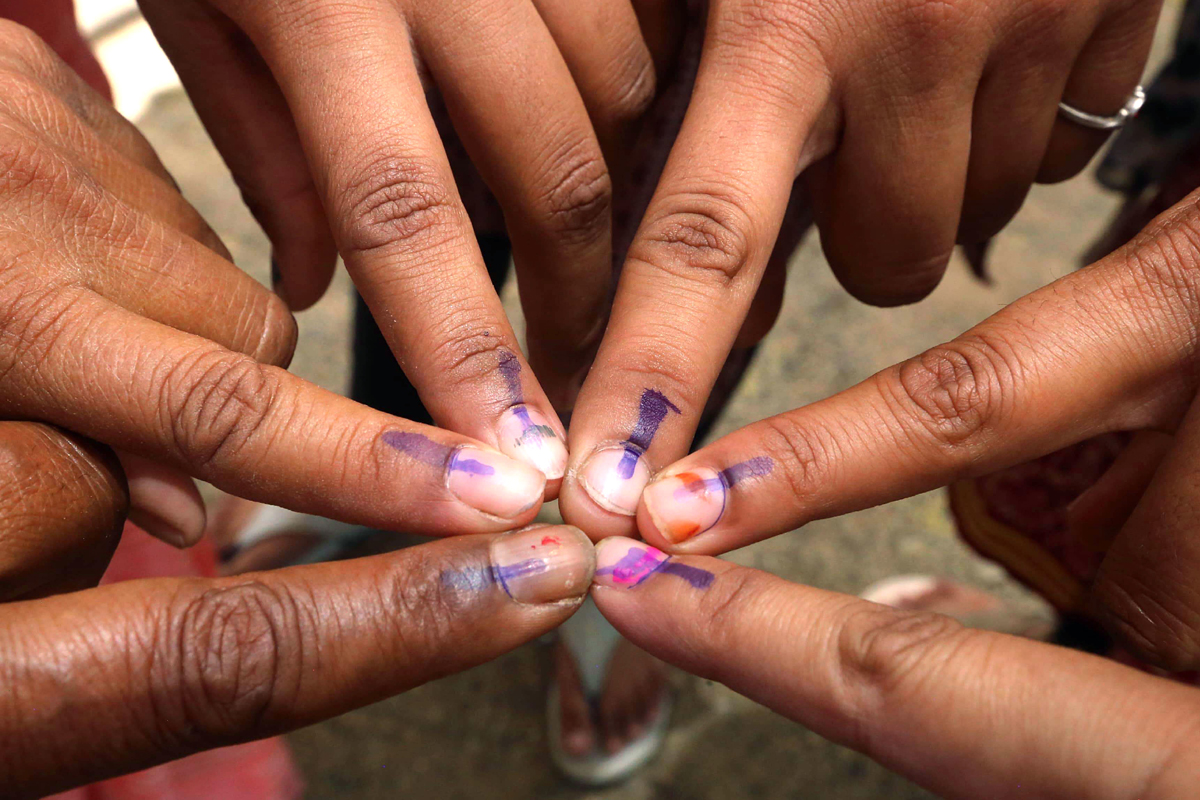The first phase of Chhattisgarh’s three-tier Panchayat elections unfolded on Monday across 53 blocks with thousands of voters turning out to cast their ballots for local governance. With over 9,800 polling stations set up to serve remote and urban areas alike, the exercise aims to fill 27,210 panchayat positions and further decentralize administrative power in the state.
High turnout and regional variations: Preliminary figures indicate a 45.52% voter turnout by 1 pm with women (46.12%) slightly outnumbering male voters (43.50%) and third-gender participants (5.77%). In the Bastar division, polling in Bijapur concluded by 2 pm while districts such as Raipur and Rajnandgaon reported turnouts of 49.32% and 59.10% respectively, reflecting varied regional dynamics.
Advertisement
Despite the logistical challenges posed by remote, Naxal-affected regions, where some voters trek up to 5 kilometres through rugged terrain, citizen commitment remains high. In a symbolic act of civic duty, groom Gulshan Das Manikpuri in Balodabazar cast his vote at a primary school polling centre on his wedding day, underscoring the electorate’s prioritization of democracy over personal celebrations. In Tumrigunda, a village near the Indravati River and long associated with insurgency, voting took place for the first time, marking a significant milestone in the region’s integration into the democratic process.
The electoral fray features a record 60,203 candidates contesting local posts, from Ward Panch to Zilla Panchayat seats. Notably, several candidates hail from prominent political families, including a relative of Chief Minister Vishnu Deo Sai Sai and members linked to former ministers Renuka Singh and Ramsevak Paikra. In a pre-dawn appeal on social media, Chief Minister Sai urged, “Every vote counts— let us pave the way for village development.”
The first phase will set the tone for the remaining rounds of the polls with Phase 2 scheduled for February 20 (covering 43 blocks) and Phase 3 on February 23 (covering 50 blocks). Once complete, the elections will determine leadership across more than 175,000 panchayat seats, a decisive step toward addressing long-standing rural development gaps and ensuring that local administrations reflect the aspirations of their communities.









